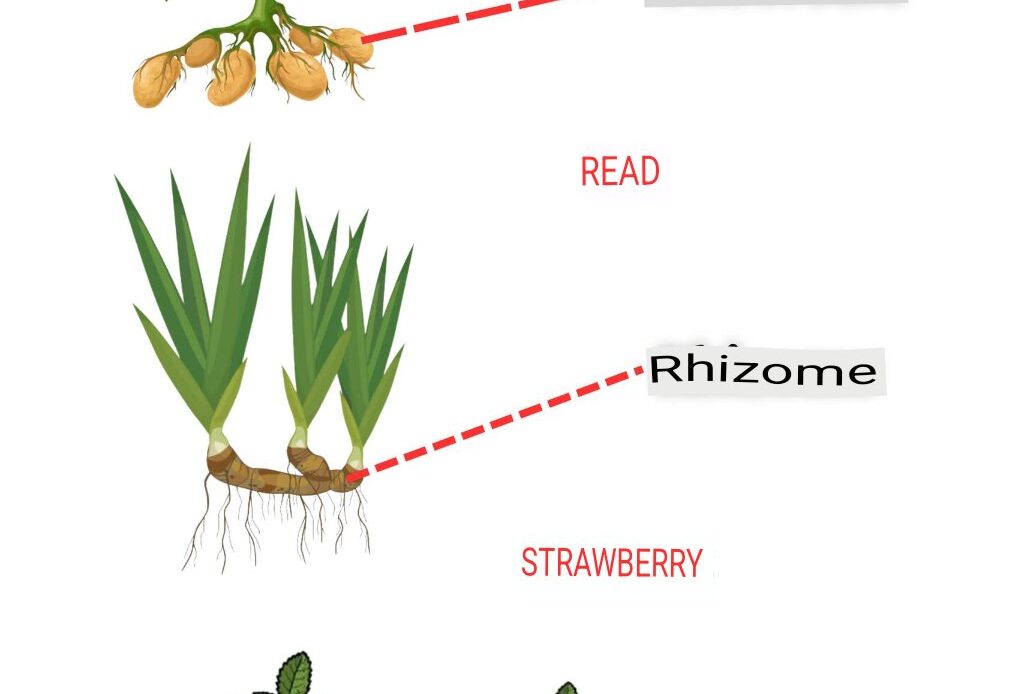Plants have been multiplying for millions of years, using a variety of fascinating reproductive methods that many people overlook. While most are familiar with seeds as the primary way plants reproduce, nature has developed other efficient, hidden mechanisms that ensure survival and expansion. One of the most intriguing methods is **vegetative reproduction**, which allows plants to grow and spread without the need for pollination or seeds.
This process not only ensures species continuity but also helps plants adapt to their environment more effectively. Many gardeners and farmers take advantage of these natural propagation techniques to cultivate plants efficiently. Let’s explore the hidden secrets of plant reproduction and discover how tubers, rhizomes, and stolons contribute to the cycle of life.
## **What Is Vegetative Reproduction?**
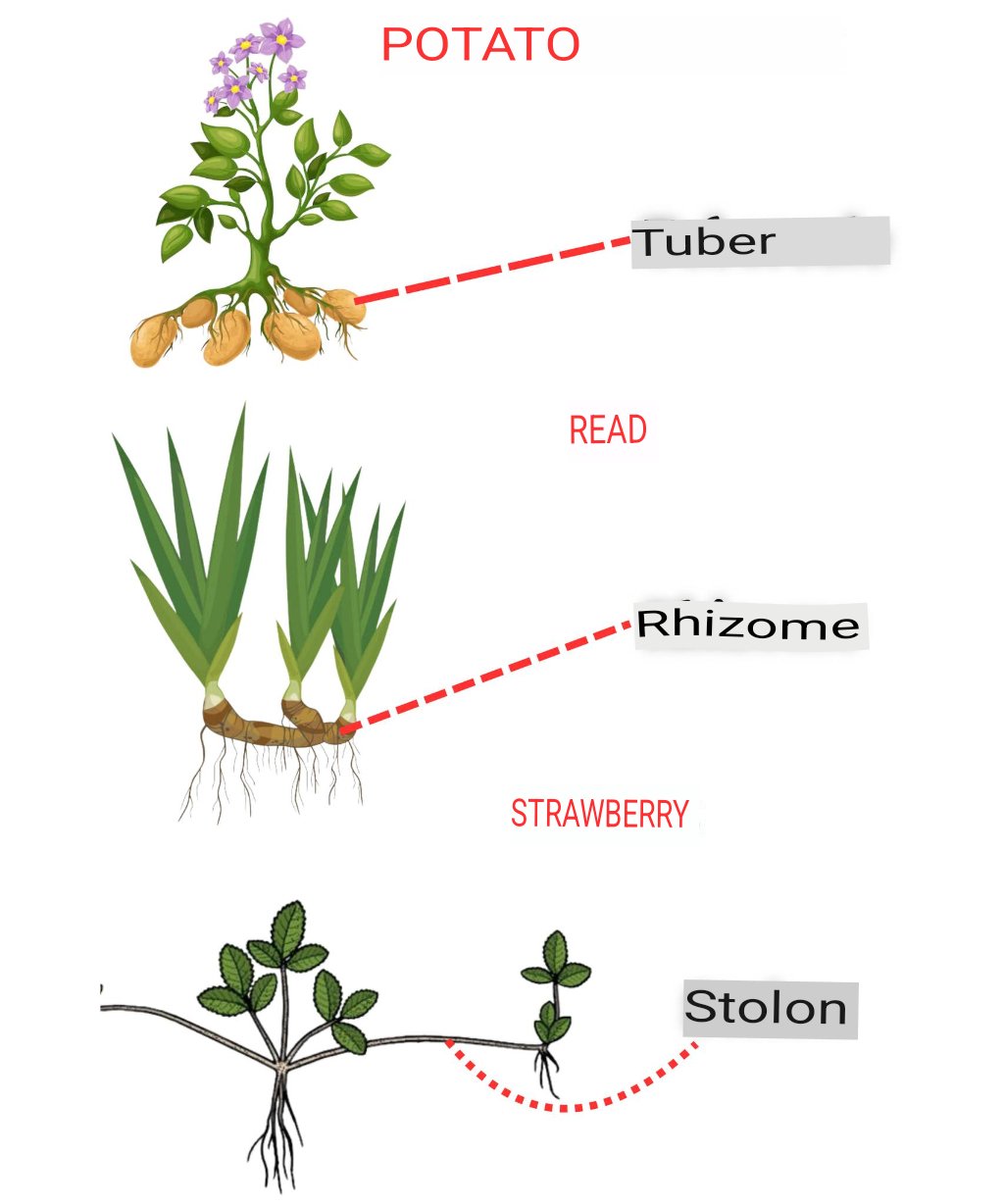
Vegetative reproduction is a type of asexual reproduction in which new plants grow from existing plant parts rather than seeds. This method is advantageous because it allows plants to produce offspring that are **genetically identical to the parent plant**, ensuring that successful traits are passed down.
Some plants have evolved specialized structures that allow them to reproduce rapidly and colonize new areas. Among the most effective structures for vegetative propagation are **tubers, rhizomes, and stolons**. These fascinating adaptations make it possible for plants to spread efficiently, often in ways that go unnoticed.
## **1. Tubers – Underground Storage That Creates New Life**
Tubers are **thickened, underground stems** that store nutrients, allowing plants to survive harsh conditions and sprout new growth when favorable conditions return. The most well-known example of a plant that uses tubers for reproduction is the **potato**.
### **How Do Tubers Work?**
– Tubers develop underground as **swollen storage organs**, packed with energy-rich carbohydrates.
– Each tuber has multiple “eyes,” which are small nodes that can sprout and grow into new plants.
– When planted in the soil, these eyes develop into shoots, forming an entirely new plant.
### **Common Plants That Reproduce Using Tubers:**
– **Potatoes** – The most famous example, with each eye sprouting a new plant.
– **Yams** – Similar to potatoes, these tubers store energy for new growth.
– **Dahlia** – This ornamental plant regenerates from underground tubers.
Tubers are a survival mechanism, allowing plants to withstand drought, cold, and other extreme conditions. Farmers and gardeners use this method to propagate crops efficiently without relying on seeds.
## **2. Rhizomes – Underground Highways for Growth**
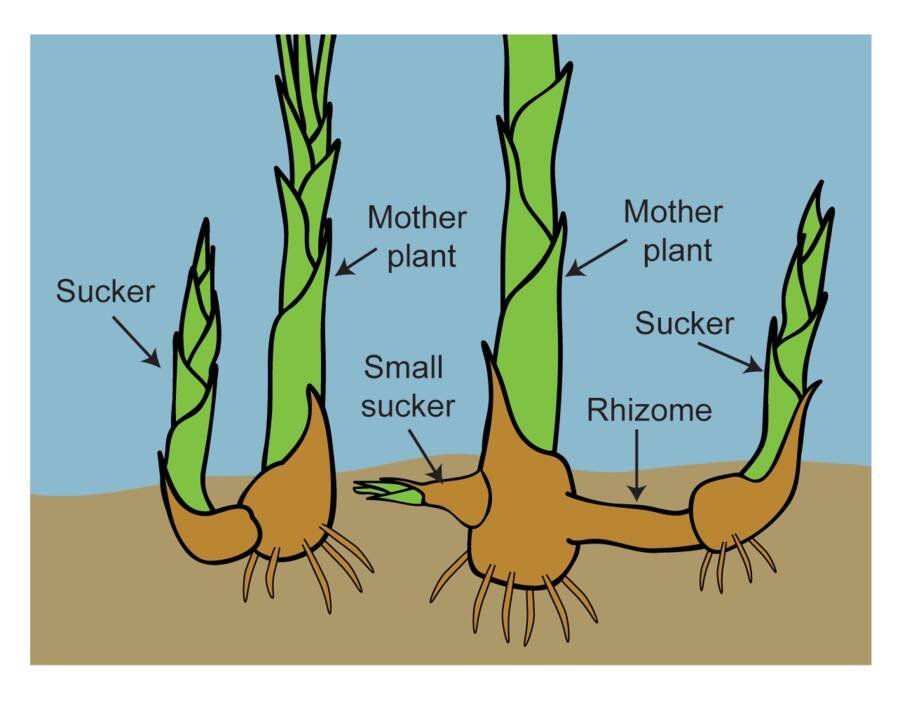
Rhizomes are **horizontal underground stems** that produce shoots and roots at different points along their length. Unlike tubers, which are primarily storage structures, rhizomes actively spread and give rise to new plants over time.
### **How Do Rhizomes Work?**
– Rhizomes grow beneath the soil surface, **sending up new shoots** at intervals.
– Each shoot can develop into an **independent plant**, while the main rhizome continues to extend.
– This method allows plants to **colonize** large areas quickly.
### **Common Plants That Use Rhizomes for Reproduction:**
– **Bamboo** – This fast-growing plant spreads aggressively through its rhizomes.
– **Ginger** – The edible ginger root is actually a rhizome that can sprout into a new plant.
– **Lilies** – Many lily varieties spread underground using rhizomes.
Rhizomes play a crucial role in the **survival and rapid expansion** of many plant species. They help plants recover quickly from damage, making them resilient in changing environments.
## **3. Stolons – The Runners That Create New Plants**
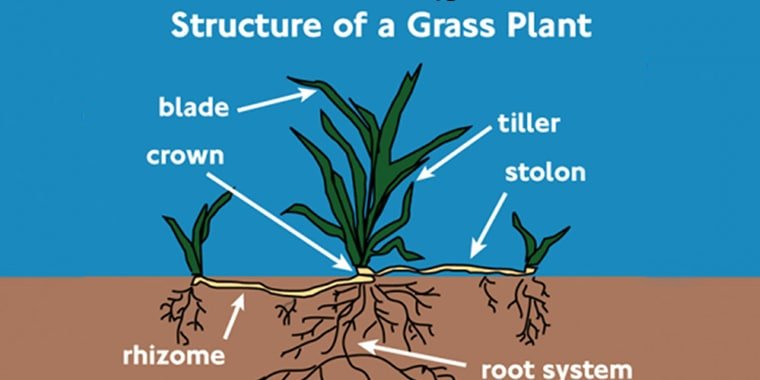
Stolons, also known as **runners**, are horizontal stems that grow **above the ground**, unlike rhizomes that grow underground. These stems extend outward from the parent plant and develop **roots** when they make contact with the soil. This process allows plants to spread efficiently without needing seeds.
### **How Do Stolons Work?**
– A stolon **extends from the parent plant**, growing across the soil surface.
– When it **touches the ground**, it develops roots and forms a new plant.
– Once established, the **new plant can survive independently** even if the runner detaches.
### **Common Plants That Use Stolons for Reproduction:**
– **Strawberries** – Each runner produces baby plants, allowing strawberries to spread rapidly.
– **Spider Plants** – These popular houseplants send out long stems with small plantlets.
– **Creeping Bentgrass** – Often used in lawns and golf courses, this grass spreads quickly via stolons.
Stolons are an **effective survival strategy**, allowing plants to multiply rapidly in favorable conditions. This method ensures quick growth, making it ideal for both wild and cultivated plants.
## **Why Vegetative Reproduction Matters**
Plants have evolved to reproduce vegetatively as a means of ensuring **survival, adaptation, and efficiency**. Unlike seeds, which require pollination, germination, and early-stage development, vegetative reproduction allows plants to **bypass these stages** and produce mature offspring more quickly.
### **Key Benefits of Vegetative Reproduction:**
✔ **Faster Growth** – Plants reach maturity faster than those grown from seeds.
✔ **Guaranteed Genetic Traits** – Offspring are identical to the parent, preserving desirable qualities.
✔ **Increased Survival Rate** – Plants grown from tubers, rhizomes, and stolons often have a higher success rate than seedlings.
✔ **Efficient Propagation** – Farmers and gardeners can easily reproduce plants without relying on seeds.
This process is not just a **biological advantage** but also a **practical tool** for agriculture and gardening. Understanding how these hidden mechanisms work allows growers to make informed choices about plant propagation.
## **How to Use These Methods in Your Own Garden**
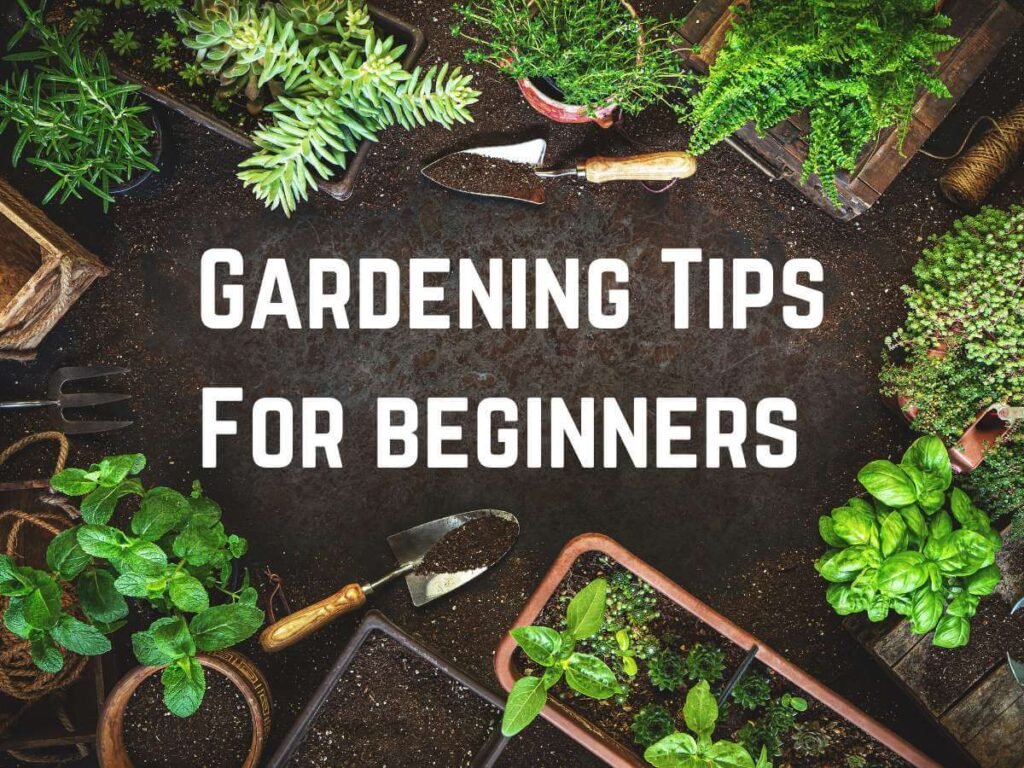
If you’re a home gardener or farmer, you can take advantage of **vegetative propagation** to expand your garden effortlessly. Here’s how:
– **Propagate Potatoes from Tubers** – Cut a potato into sections, ensuring each has at least one eye, and plant them in soil.
– **Grow Ginger from Rhizomes** – Bury a fresh ginger rhizome just below the soil surface and water regularly.
– **Multiply Strawberries with Runners** – Allow runners to root naturally, or place them in small pots to establish new plants.
By understanding these natural propagation techniques, you can **increase your plant collection** without relying on seeds or expensive nursery plants.
## **Final Thoughts**
Nature has perfected the art of plant reproduction through **tubers, rhizomes, and stolons**, offering plants a reliable way to **spread, survive, and thrive**. These hidden mechanisms work quietly beneath the surface, ensuring the continuous cycle of life.
For gardeners and farmers, knowing how plants reproduce **opens up new possibilities** for sustainable growing. Whether you want to **cultivate more potatoes, expand your strawberry patch, or grow beautiful lilies**, these **natural secrets** provide an easy, efficient way to multiply plants effortlessly.
Unlock nature’s **hidden strategies** and use them to your advantage—you’ll be amazed at how simple and effective these methods are
